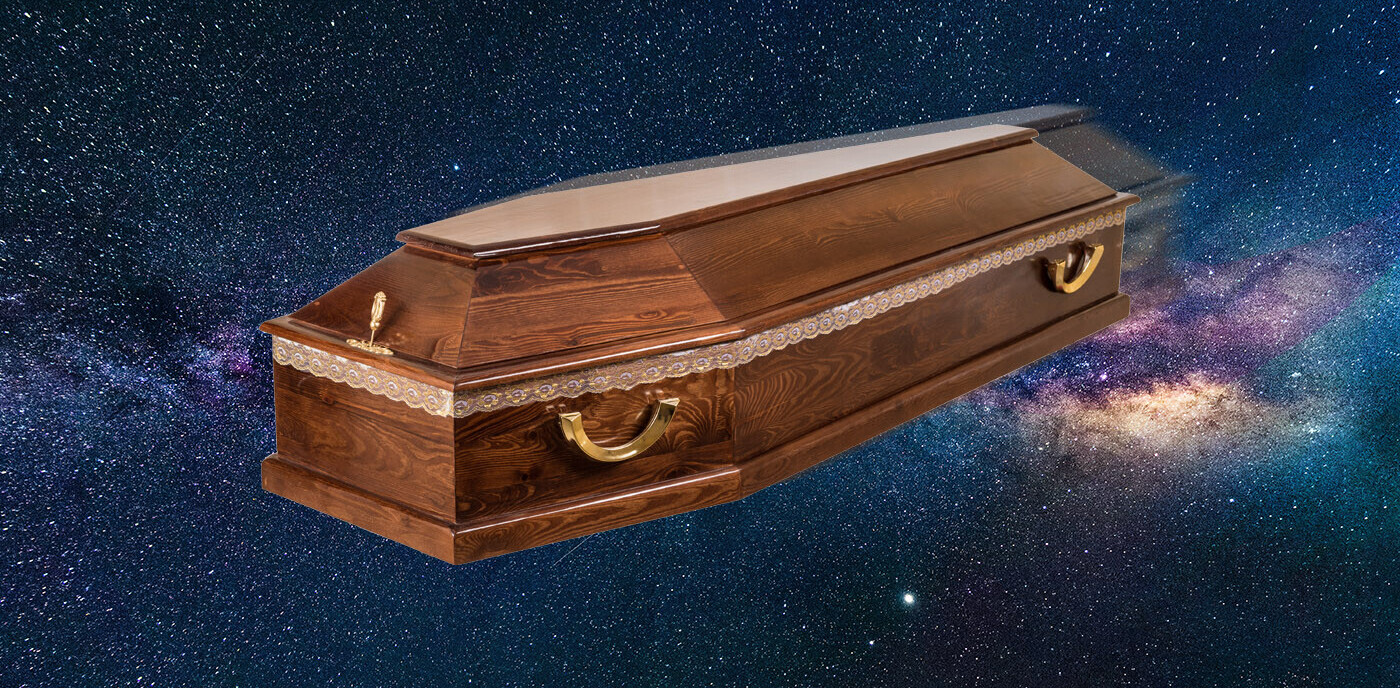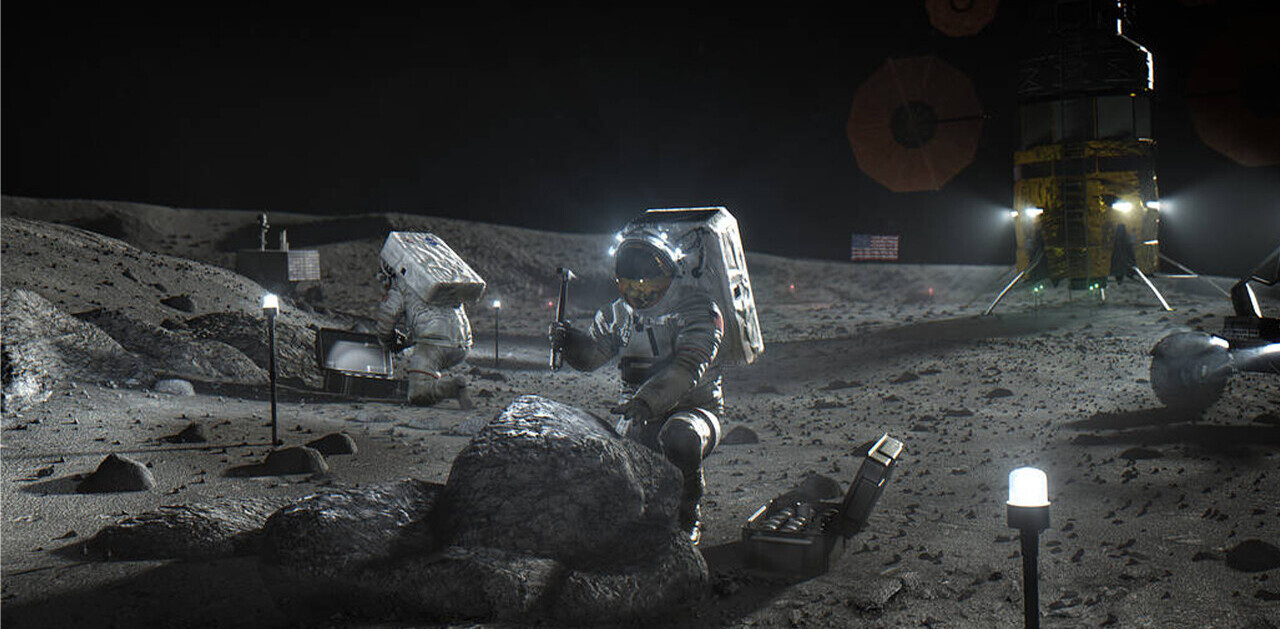
Did you know Neural is taking the stage this fall? Together with an amazing line-up of experts, we will explore the future of AI during TNW Conference 2021. Secure your online ticket now!
The US government and Silicon Valley don’t agree on everything, but when it comes to dominating the modern space race they’re perfectly aligned. Uncle Sam’s going to put American boots on Martian soil and Elon Musk’s building the spaceship that’ll get them there.
No matter your notions on nations, there’s something magical in truly believing that humans will walk on the surface of Mars in our lifetimes.
Hooray for Mars!
Science doesn’t have a PR agent. Math doesn’t have a marketing team. Getting children excited about the future is how we ensure the STEM fields continue to push humanity forward long after today’s experts are gone.
And it seems like we’ve collectively decided that putting humans on Mars is the technological test we should take on to inspire the next generation.
It’s difficult to argue against the idea of sending a small crew of professional space-farers to become the first humans to set foot on an alien planet.
There is, of course, an ethical argument to be made about exposing any human to unnecessary risks. But there have always been explorers willing to risk their lives in pursuit of adventure and advancing our species.
We need astronauts, and we need them to want to boldly go where no one else has.
The rest of us, however, should want no part of the red planet.
Mars is an unyielding hellscape
The red planet is gorgeous, it’s awesome, and we love it. But Mars is no place for a human.
We see videos of the Perseverance and Ingenuity rovers and the red planet doesn’t look so bad. It’s sunny, there’s nobody there to mess with you, and honestly the views are spectacular. But the colonist’s experience, with available technology, would be a living nightmare.
And every current plan to put a human colony on Mars involves science fiction technologies that don’t exist yet.
First off, your flight over would be excruciating. The trip takes about seven months, which is longer than the average mission aboard the International Space Station.
That much time in zero-gravity causes myriad health problems. Astronauts experience as much as 30% loss in muscle mass, a 1-2% deterioration of bone density, and their carotid arteries demonstrate a stiffness equivalent to those of a person 20-30 years older.
After two to three months in zero-gravity, it takes weeks to months to get muscle mass back and as long as two years for bone density to recover. The damage to the astronauts’ cardiovascular system, on the other hand, may be irreversible.
But Martian colonists won’t be recovering on Earth. They’ll be on Mars where the gravity is a third of what it is on our home world.
So, even if you’re only on Mars for a weekend vacation, you’ll spend about 14 months in zero-gravity before you can start to recover in Earth’s normal gravity.
If you’re a colonizer though, the object is to stay there on Mars. And there’s no such thing as artificial gravity.
Scientists have plenty of ideas on how to create it, but the most feasible ones involve either giant spinning space craft or inventing a mass acceleration engine that works like the impulse drives from Star Trek. Neither of those are options for a Martian surface colony.
On the surface, where you could be shielded from harmful radiation by lead-walled buildings or inside of Martian buttes, you’d continue to waste away as your body adjusted to low gravity.
The gravity of the situation
There’s no telling what kind of failures would occur throughout your digestive, nervous, and cardiovascular systems over time.
Worse, it’d be a tossup whether physical deterioration or mental isolation would pose the more immediate threat. Life on Mars would be harsh, repetitive, and unyieldingly dangerous.
Colonists would be in a nightmarish situation where they’ve lost much of their physical ability, making them likely to be a bit clumsier, yet the slightest wound could prove fatal.
On Earth, when you cut yourself, blood tends to ooze out. On Mars… well, nobody’s ever cut or bruised themselves on Mars.
We know that surgery in zero-gravity is extremely challenging. Blood pools differently in the body, and splatters differently outside of it, when we’re weightless.
What happens if you get a subdural hematoma on Mars? How do you deal with blood clots in a low-gravity environment?
Worse, those are the kinds of questions that astronauts have to answer, but as a colonist you’d have so much more to worry about.
How do you deal with pregnancy in low-gravity? How harmful is space radiation to human sperm and eggs? Will children who are born and grow up in low gravity be able to survive in Earth’s heavy gravity?
Horror, 24/7
Life as a Martian colonist would be one of constant fear. Will a solar flare wipe out all electronics, forcing your entire colony to spend weeks or months at a time underground in dimly-lit radiation-shielding rooms? What dangers will humans, homesick and confined indoors, pose to one another as their mental states deteriorate?
The people who choose to colonize Mars will never see a blue sky, an ocean, or forest. They’ll never feel the sunshine on their naked face.
And, should they ever change their mind, they’ll face a grueling seven-month voyage home, followed by months or years of physical therapy, and lifelong health problems.
Granted, technology could change. We could invent the warp drive or an anti-radiation force-field. We could discover a quantum physics workaround for gravity. Magical space aliens could open a wormhole for us and teach us to breathe the Martian atmosphere. Anything’s possible in an infinite universe.
But, grounding our dreams in today’s technology and that which can reasonably be expected to exist within the next 50 years, there’s next to no chance you’ll get the opportunity to volunteer to live on Mars — and if you did, it wouldn’t be the adventure you might think.
Earth might become uninhabitable though
Elon Musk says we need to become a multi-planet species. If something happens to this planet or climate change renders it uninhabitable, perhaps we could use a backup planet.
If Musk truly believes this, he should be investing his companies’ time, money, and energy into creating artificial gravity or a method by which to protect humans from space radiation.
Until those problems are solved, anyone volunteering to live on Mars is asking for a short, uncomfortable life doing work far better-suited for machines.
Mars might be a great place for space explorers to visit in the near future, but we could be centuries away from having the technology to make an actual colony feasible.
[Related: 5 reasons why living in space is way harder than solving climate change]
Get the TNW newsletter
Get the most important tech news in your inbox each week.





